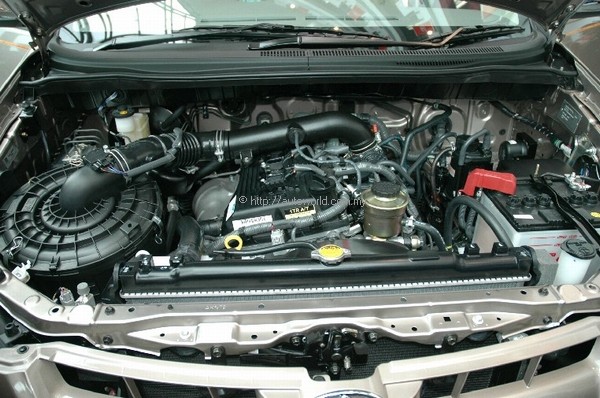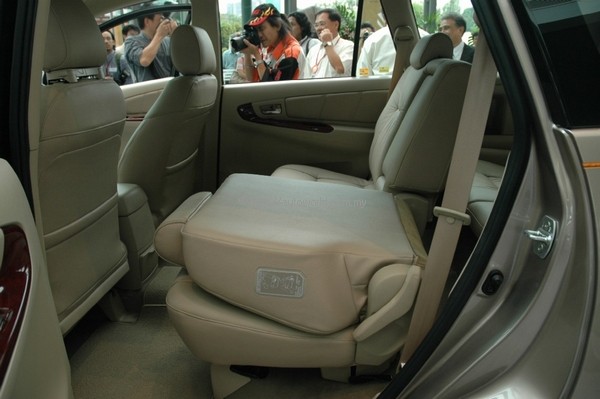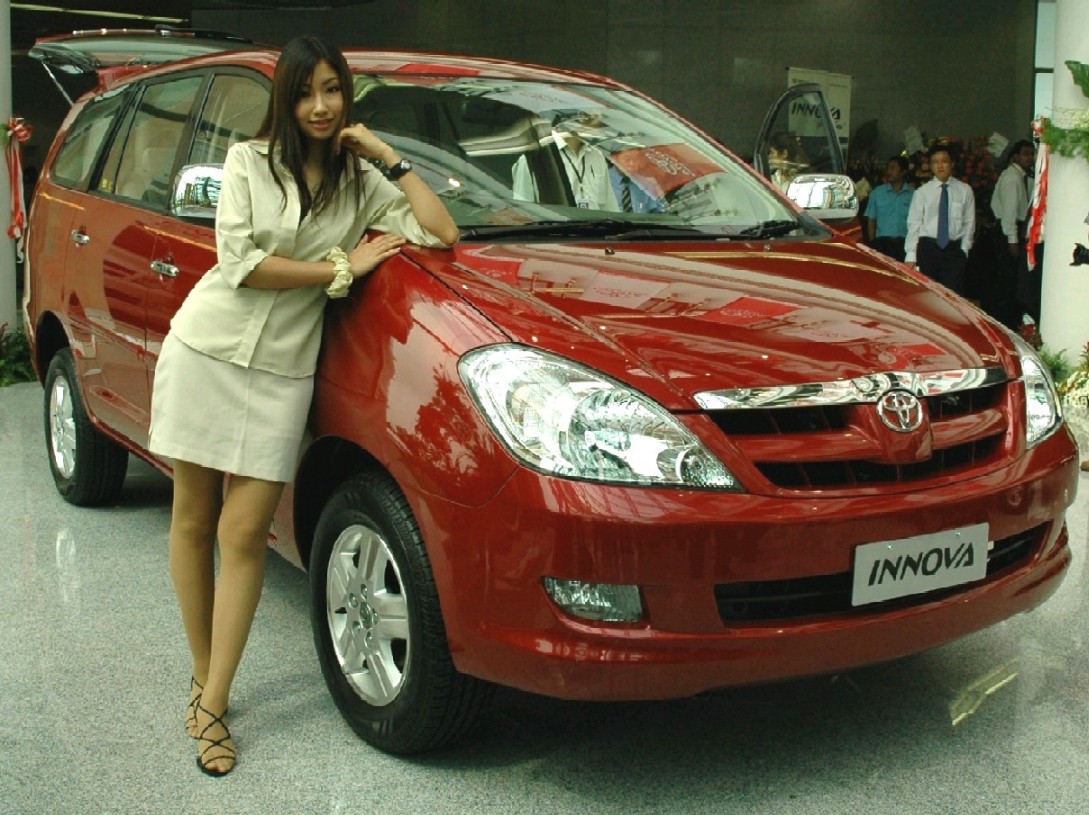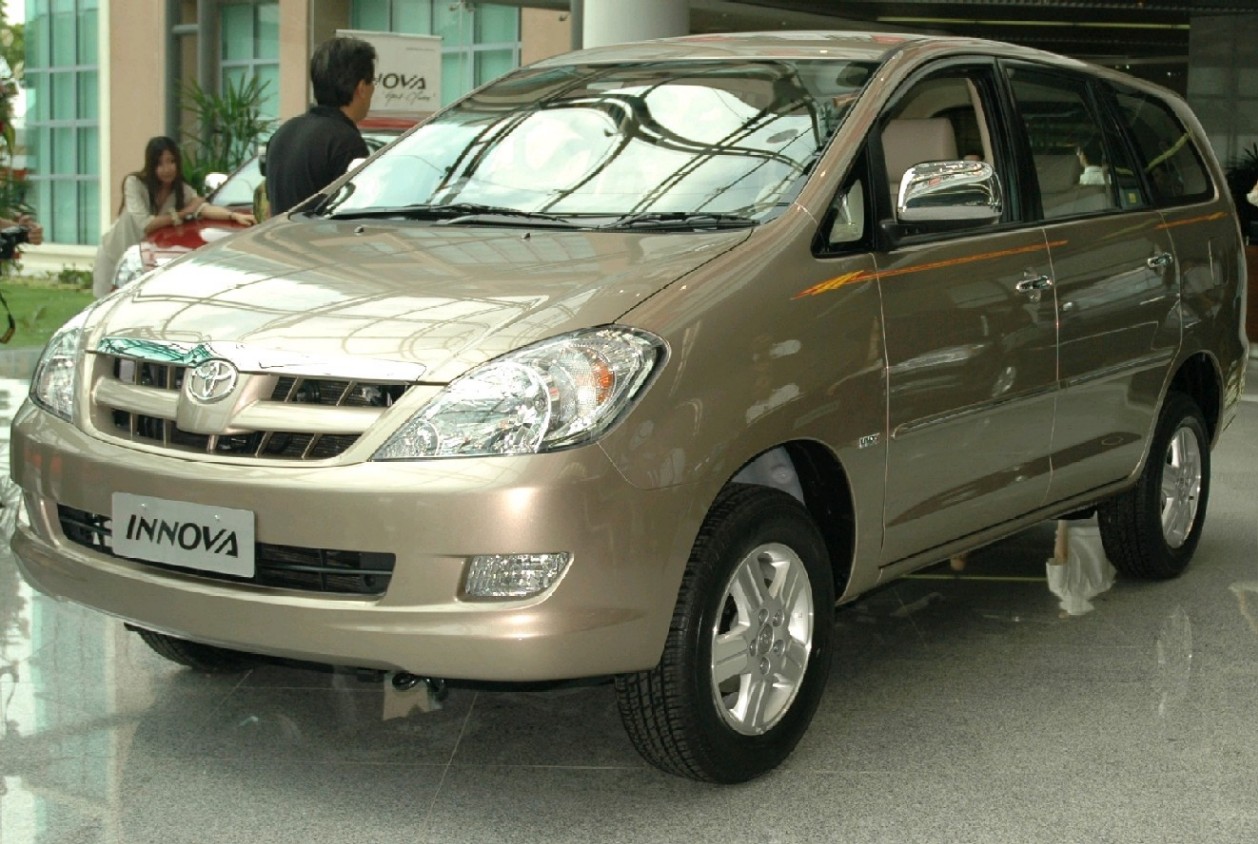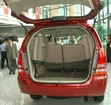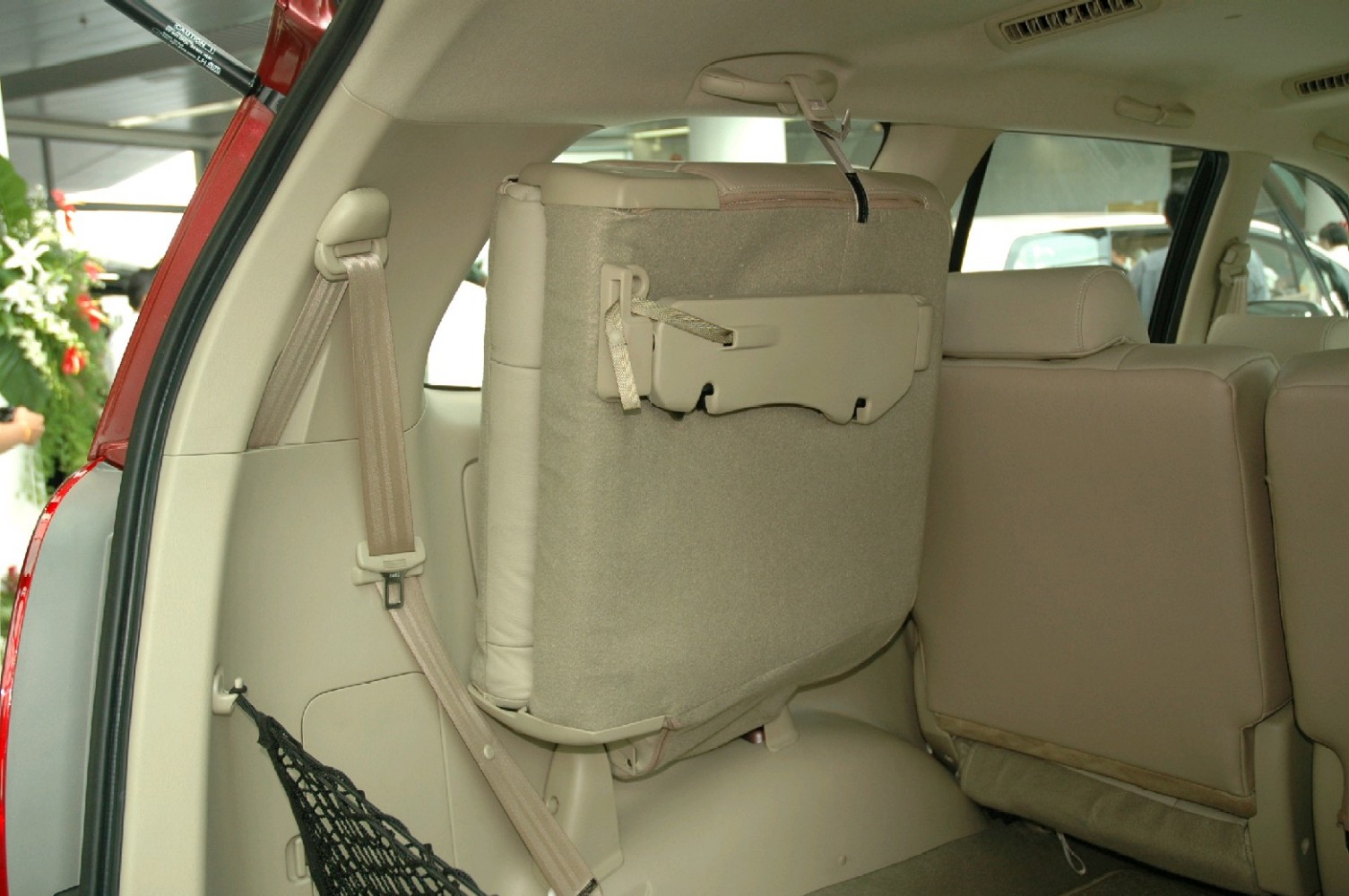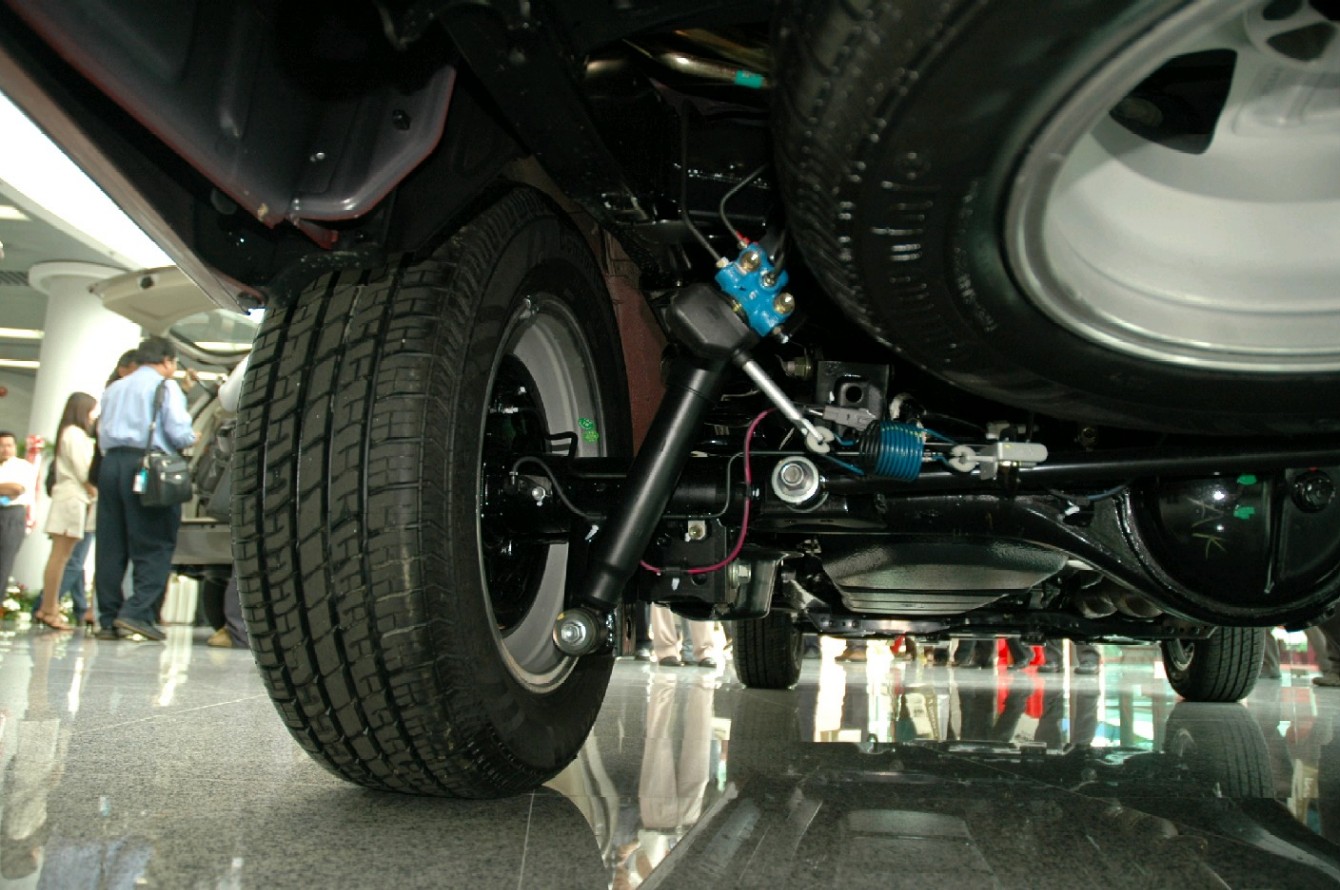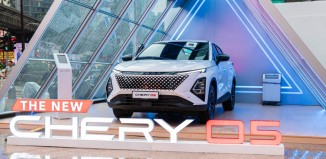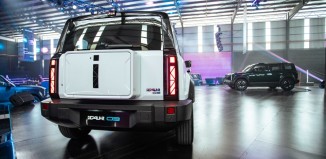New INNOVAtion FromToyota
Toyota Innova – Another INNOVAtion from UMW Toyota
It looks like UMW Toyota Motor Sdn Bhd, the local distributors of Toyota are on the roll. After the very successful Toyota Avanza, followed by their coup with the new and urbanized Hilux, they have successfully launched the new Toyota Innova, a massive 8-seater SUV that replaces the outgoing Unser.
Similar to the Unser, the Innova is a body-on-frame arrangement, but that is as far as the similarities go. The Innova is built on a completely new platform derived from Toyota’s IMV project, that designs and makes competitively priced vehicles outside of Japan for the Asean region, and the rest of the world. The idea is brilliantly simple, but then most good ideas are best when kept simple. Design a sturdy ladder chassis complete suspension mounted onto it, and put on a body that you want. The first of the IMV designs came in the form of the new Toyota Hilux, unleashed recently. If you took a real close look at the Innova, you would note that the bottom end of it is identical to the Hilux, save perhaps for some different ratings and lengths for the shock absorbers, and the spring sizes and ratings, the Innova being designed for more comfortable settings. Theoretically, you could shoehorn the Hilux mechanicals onto the Innova and have a 4WD version complete with a diesel engine. Rumours are that a diesel version is next, and I wouldn’t be surprised if the 4WD version follows.
In terms of looks, the Innova looks a lot better than the Unser, and if the Toyota reputation for reliability is anything to go by, this unit will be a worthy successor. Gone forever is the angular two-box look. The Innova is much sleeker, and the front mask is a quantum leap ahead.
Inside, the seats are large and comfortable, and in the tradition of SUV’s, they split and fold in countless ways to accord as many variations as you can imagine. The passenger cabin is maximized for space, with plenty of legroom and headroom.
Equipped with a new 2.0 litre DOHC fuel injected petrol engine (1TR-FE) that features Variable Valve and ignition timing (VVTi), the engine is similar to the Camry engine design, and the performance figures suggest that it will pull very much like a car engine. Maximum power is 136ps at 5,600 rpm while maximum torque is 182Nm at 4,000 rpm. Given the weight of the Innova at a little over 1.5 tons, with some judicious gearing, it could travel a t quite a good clip. I did ask for the gear ratios, but nobody seemed to know what they were. I was told that somebody would be in contact to let me know the details, but at the time of writing, I have not heard from them. I suppose I will know soon enough, because in UMW Toyota’s current aggressive selling mode, we will be getting a test unit in due course. It would be interesting to know the speed per 1000 rpm, as this would have a bearing on the overall fuel consumption.
Suspension is identical in set-up with the Hilux; independent front wishbones with coil springs and stabilizer bar, and a 4-link solid axle at the rear with a lateral rod to keep everything in place.
ABS and a driver’s airbag are standard in the ‘G’ spec models, but are not available in the ‘E’ spec variants. A load-sensing & proportional valve (LSPV) is standard on all models. For the uninitiated, the LSPV is a simple mechanical device that senses the load on the rear axle by measuring the distance between the body and the rear axle, and regulates brake pressure to the rear brakes accordingly. This helps to prevent wheel lock-up when the vehicle is not loaded up. Bear in mind that for vehicles designed to carry heavy loads, it is necessary to have plenty of braking force at the rear axle wqhen carrying heavy loads; this becomes a problem when the load is light, as the rear wheels then have a tendency to lock up easily. The LSPV resolves this to some extent.
There are 4 variants available, from the basic 5-speed manual and 4-speed automatic in the lower grade ‘E’ spec, to the manual and automatic in the higher grade ‘G’ spec. Prices range from RM87,900 for the manual ‘E’ spec, to RM92,900 for the Automatic ‘E’ spec, to RM97,900 for the manual ‘G’ spec and finally the top of the range automatic ’G’ spec priced at RM102,900 (prices are on-the-road-without insurance). UMW Toyota Motor has a planned production figure of 8,100 units for the balance f year 2005, and they expect to capture 12 percent of the sales in this segment. At the time of going to press, three thousand orders are said to be in hand, so the expected waiting period is at least three months if you book one now. Test vehicles are available at all branches and dealers. Go check one out for yourself.





